Californian Weekend: Joshua Tree and Environs
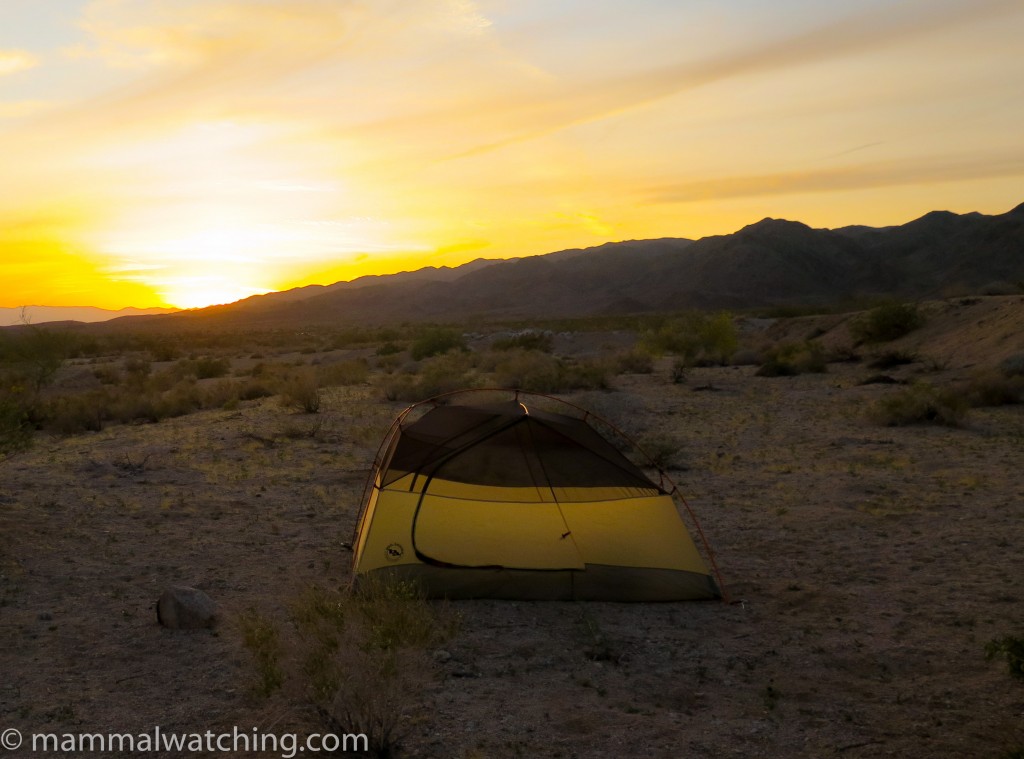
Joshua Tree National Park
I spent the Easter long weekend in California and spent a couple of nights at Joshua Tree Natinal Park and Anzo Borrego State Park in the south east of the state. My main targets were rodents: kangaroo rats in particular.
A three hour night drive through Joshua Tree was unproductive. Maybe the full moon, or maybe the temperature – still down in the mid 50s – was to blame as Fiona Reid and Vladimir Dinets were bombarded with kangaroo rats when they were there last October. I only saw one rodent cross the road: an unidentifiable kangaroo rat. A Bobcat did dash across the road at about 10 p.m. though, not far from the Cottonwood Campground and I saw plenty of Black-tailed Jackrabbits and Desert Cottontails. I camped on Bureau of Land Management land, just south of the park. The habitat didn’t look great but the next morning I had three different rodents in my traps.
A Pocket Mouse species that refused to leave the trap when I wanted it to, which then escaped.
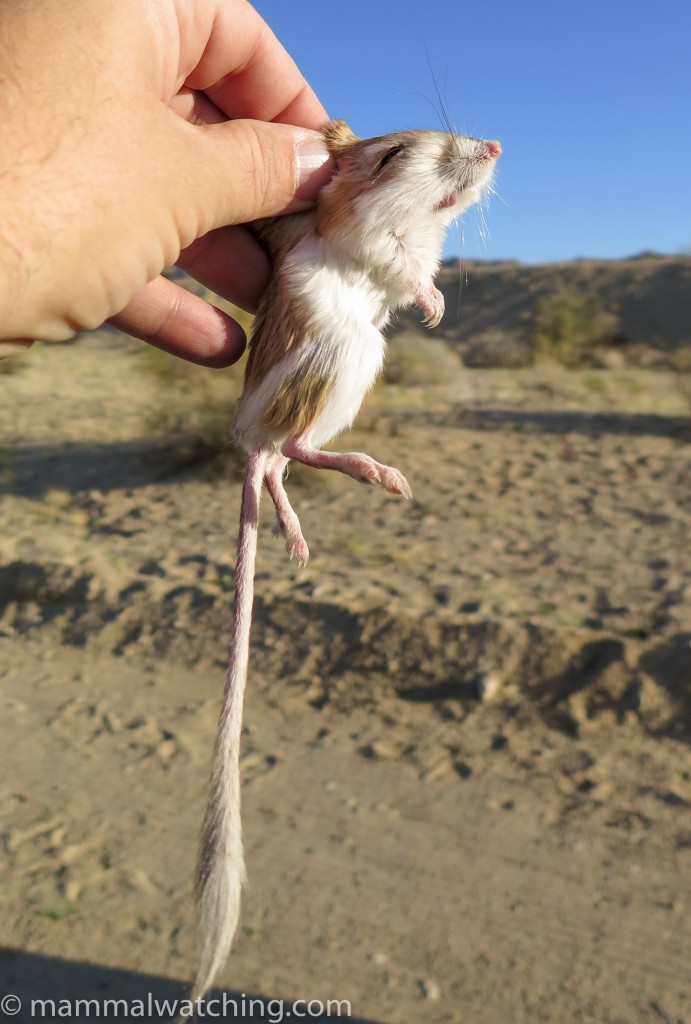
Desert Kangaroo Rat, Dipodomys deserti
A gorgeously fluffy Desert Kangaroo Rat, my main target for the night before. This species is supposed to weight 70 – 140 grams but this was a small one, only 40g. I imagine it must have been a youngster.
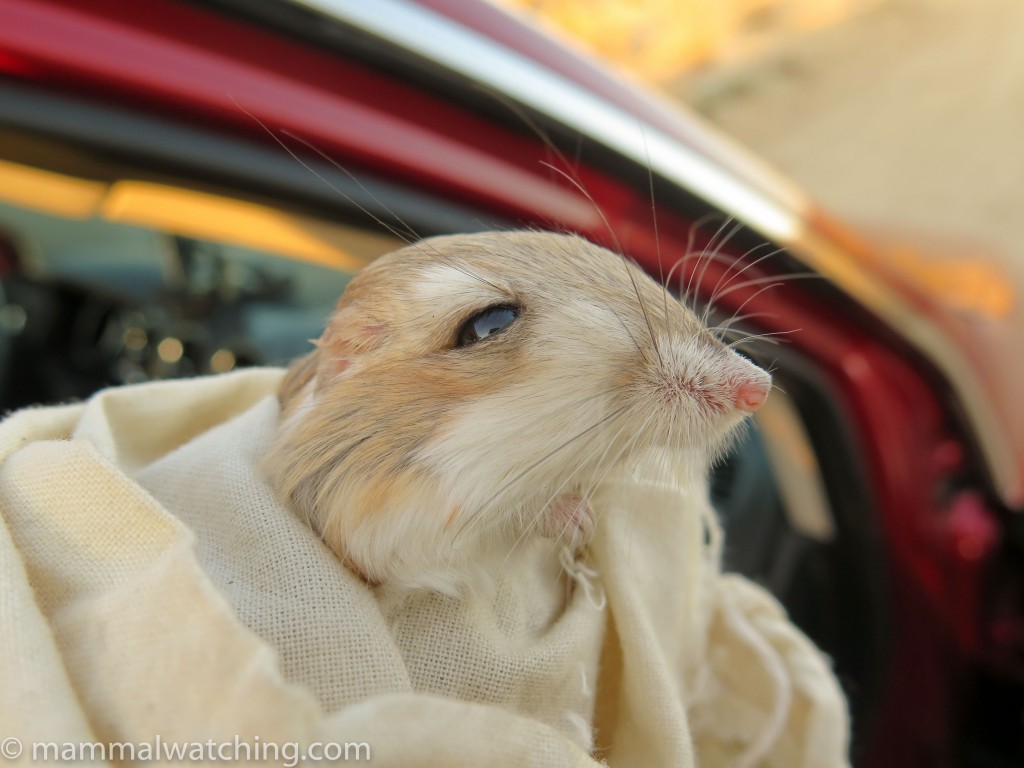
Desert Kangaroo Rat, Dipodomys deserti
And a Desert Woodrat, a second lifer for me, which was extremely placid in the hand.
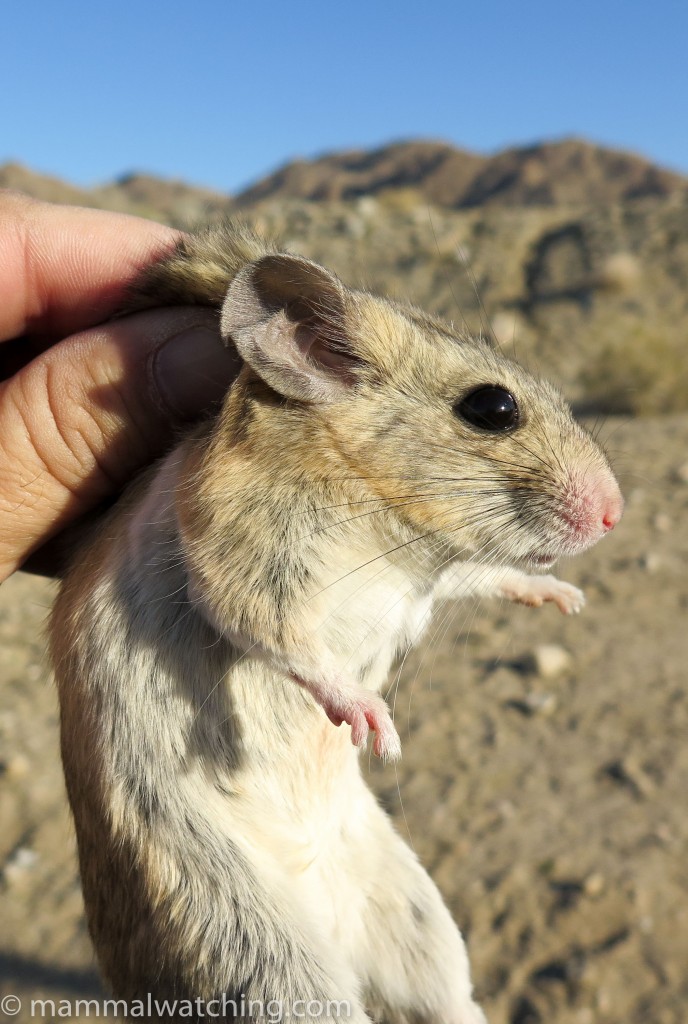
Desert Woodrat, Neotoma lepida
I spent Saturday exploring bridges in the Cibola National Wildlife Refuge. California Leafnosed Bats Macrotus waterhousi used to roost under at least one bridge in this area and I checked it out. No longer… though the east end of the bridge across the Colorado River, on Hart Mine Road, appeared to have an active night roost of a species, possibly Macrotus. I did see some Mexican Freetailed Bats in the cracks of the bridge a few miles to the north, just above where the Colorado River no longer forms the Arizona/California border (i.e Arizona is on both sides of the river).
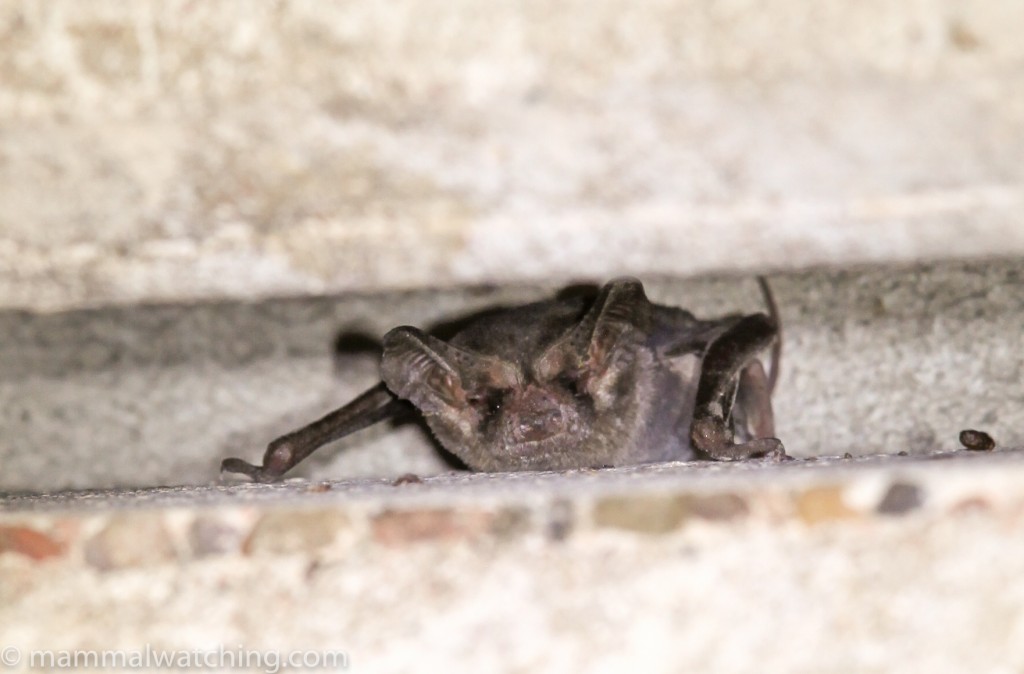
Mexican Freetailed Bat, Tadarida brasiliensis
The next night I stayed at Borrego Springs, where I was looking for Dulzura Kangaroo Rats in Anzo Borrego State Park. Vladimir Dinets told me that they were common in the campsite and I saw three or four kangaroo rats in the evening and another four just before dawn the next morning. I satisfied myself that at least one of these was a Dulzura Kangaroo Rat. The rest I am not sure about… I only got a brief glimpse of each animal and they might have been Merriam’s Kangaroo Rats. I usually have considerable difficulty getting a prolonged look at any kangaroo rat: they generally bolt as soon as I shine a light on them. Does anyone have a better technique for observing this species? But Vladimir has seen only Dulzura Kangaroo Rats in the campground, which is reassuring, although Curtis Hart sent me a photograph of a Merriam’s he saw there. Which is not reassuring!
Other mammals there included a Kit Fox at dusk, and more Black-tailed Jackrabbits and Desert Cottontails.
Jon
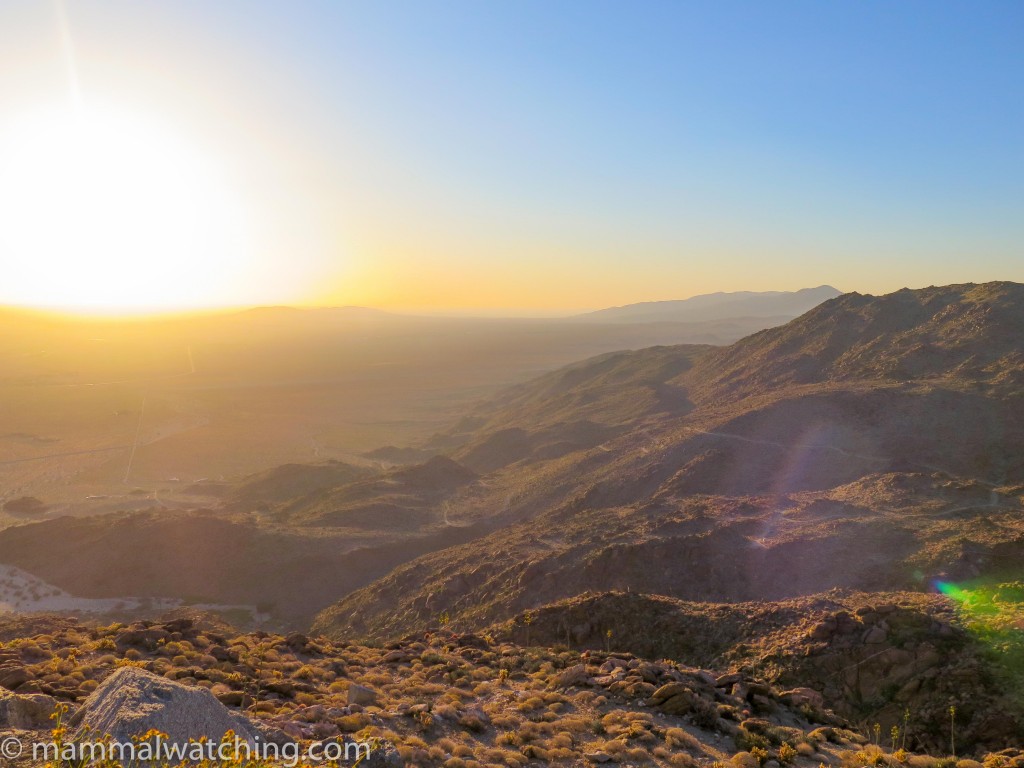
Anzo Borrego State Park
6 Comments
-
Jon Hall
I wasn’t paying much attention to the road surface… I don’t remember it seeming all that new but maybe…. I brightened the bat picture up considerably so it was a little darker. If its not a brasiliensis then I don’t know what it could be … they were definitely a freetail species and that sort of white stripe up onto the cheeks said Tadarida to me… but happy to be corrected
-
vdinets
I don’t either… but here in Davis they are grey rather than brown, and the cheeks stripe isn’t nearly as bright.
-
-
John Fox
It has just been random, as far as I can tell, when K-rats have been super cooperative. I’ve put out a pile of black oil sunflower seeds and had deermice tolerate light and stay for many minutes, it’s worth a try I’d think.
-
-
Jon Hall
Thanks John for the tips. Yes the Dulzura K Rats were in the Palm Canyon campground (paticularly the stretch between the trailer sites and the camping area)
-
-
Leave a Reply
You must be logged in to post a comment.


vdinets
In September there was one stretch of trans-Joshua Tree road that had new pavement and zero k-rats. Perhaps they now covered the whole road with the same stuff, whatever it is?
Desert k-rats are smaller in JT than elsewhere; we noticed it too.
The color seems really strange for a Mexican freetail. Or is it just the photo?